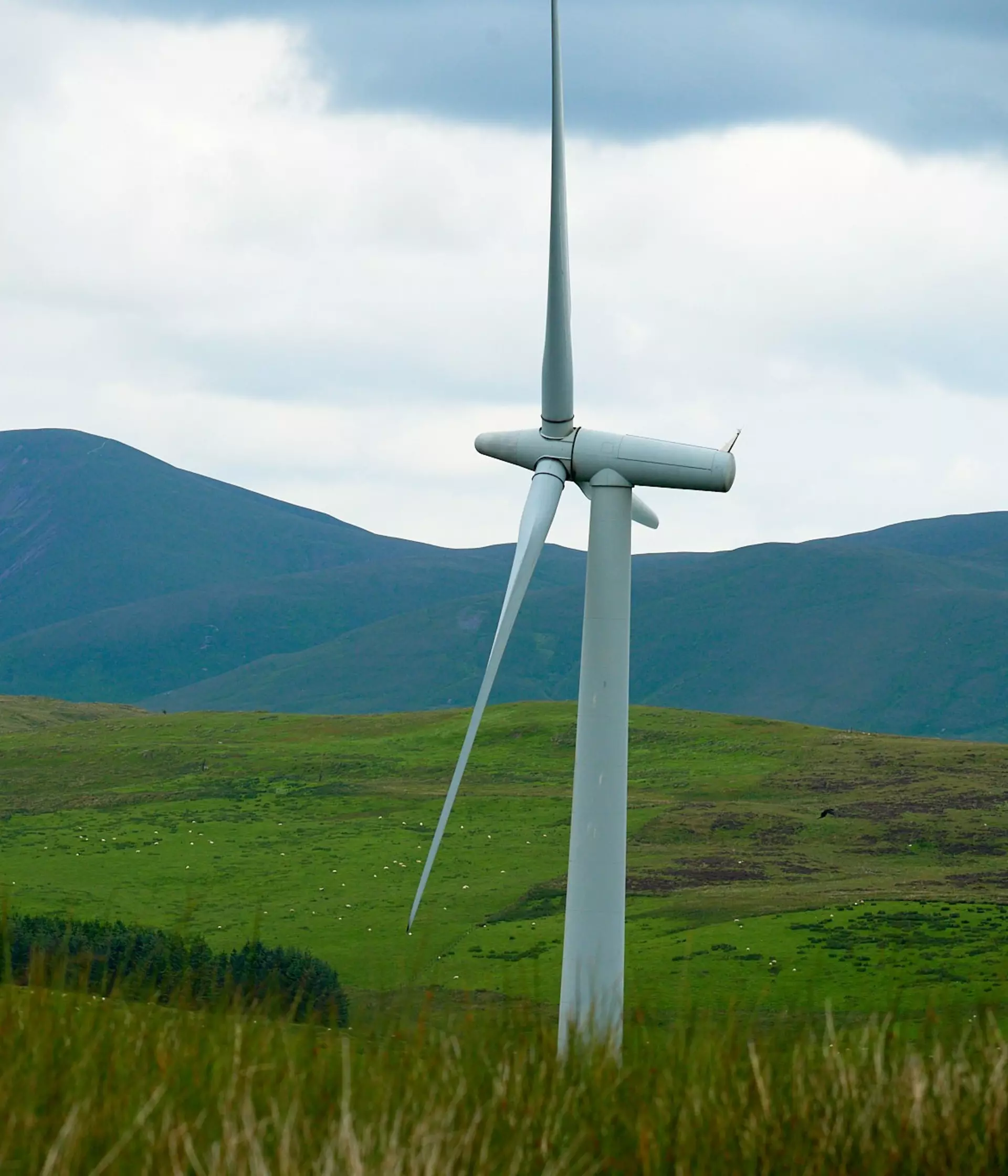henry.hakkinen@ioz.ac.uk
Henry Hakkinen
Post-Doctoral Research Assistant
We are in the midst of a climate change and biodiversity crisis, driving global temperatures past historical limits and threatening the species and ecosystems we need to survive.
In response, governments and industries worldwide are transitioning away from traditional non-renewable energy sources, such as coal and oil, and towards renewable sources, like wind, solar and hydroelectric power. As of 2022, more than 40% of the EU’s electricity, and more than 50% of the UK’s, now comes from renewable sources. This is incredible progress, but still well short of the target needed to curb climate change.
This rapid growth of renewable energy, often built in remote upland, coastal and marine areas, does not come without risks. Previous research has identified risks and impacts to birds, bats, insects, cetaceans, and other mammals, including collisions, avoidance behaviour, and disturbance. As a result, environmental impact assessments and mitigation strategies are now commonplace, and measures are often put in place to minimise these risks. However, an under-researched area of impact is the effect of renewable energy infrastructure on ecosystems themselves.
Large structures, such as wind turbines, could potentially impact ecosystems in several ways, most of which have never been monitored in Europe.
For example, they can disrupt wind patterns, creating downstream changes in local weather, moisture and temperature. Alternatively, they may disrupt water flow, impacting vegetation around them. Finally, they may deter insects and birds, resulting in changes in pollination, vegetation consumption and predation in the local area.
This project will investigate this knowledge gap, and look at how ecosystem functions are affected by onshore windfarms, the UK’s most common type of renewable energy.
This project will investigate a variety of markers that can show changes in ecosystem function, particularly focussing on vegetation.
Our objectives are:
- To gather satellite remote sensing and field data of key wind farm sites in the UK, and investigate how vegetation and associated ecosystem functions have changed before, during and after construction, both near and down-wind of sites.
- Investigate potential drivers of any observed changes, considering both bottom-up and top-down processes.
- Provide evidence-based recommendations to reduce the ecosystem-wide impacts of renewable energy infrastructures on biodiversity.
Transitioning away from fossil fuels is an essential part of averting climate change, and in order to fuel our energy needs, renewable energy needs to be built, and at a rapid pace. However, we need information and evidence to make sure we don’t create new problems as we solve the old ones. The outcomes of this project should help inform sustainable development, without compromising our biodiversity.
This project is part of an AXA fellowship funded by the AXA Research Fund
